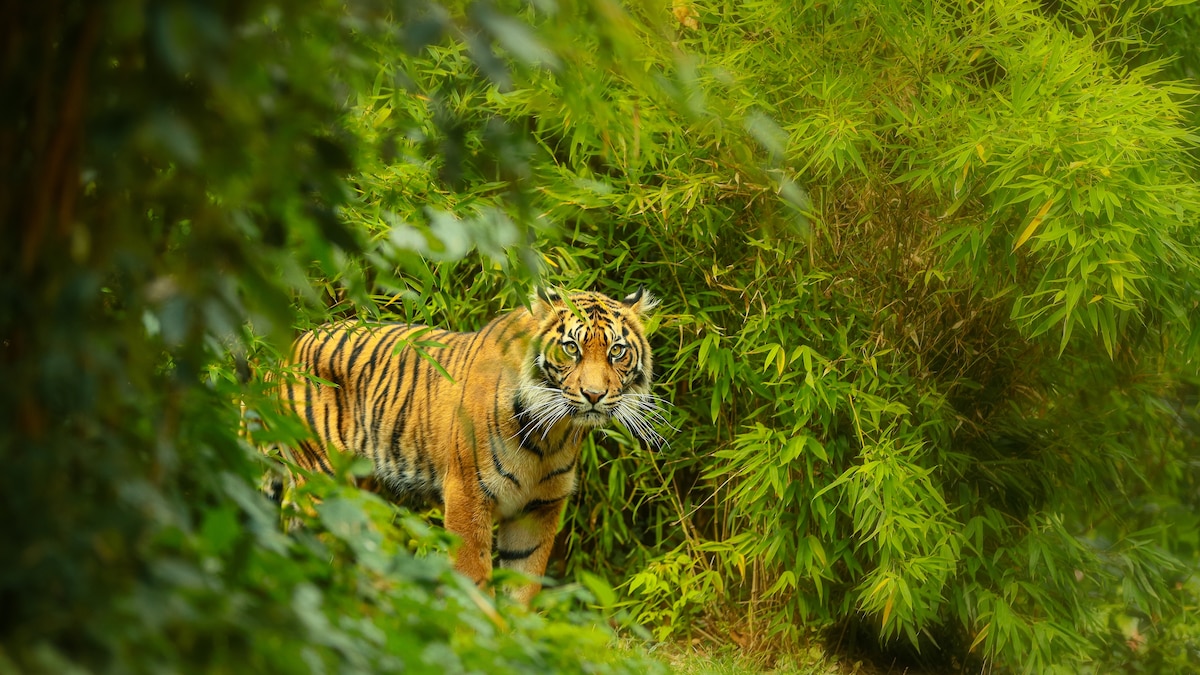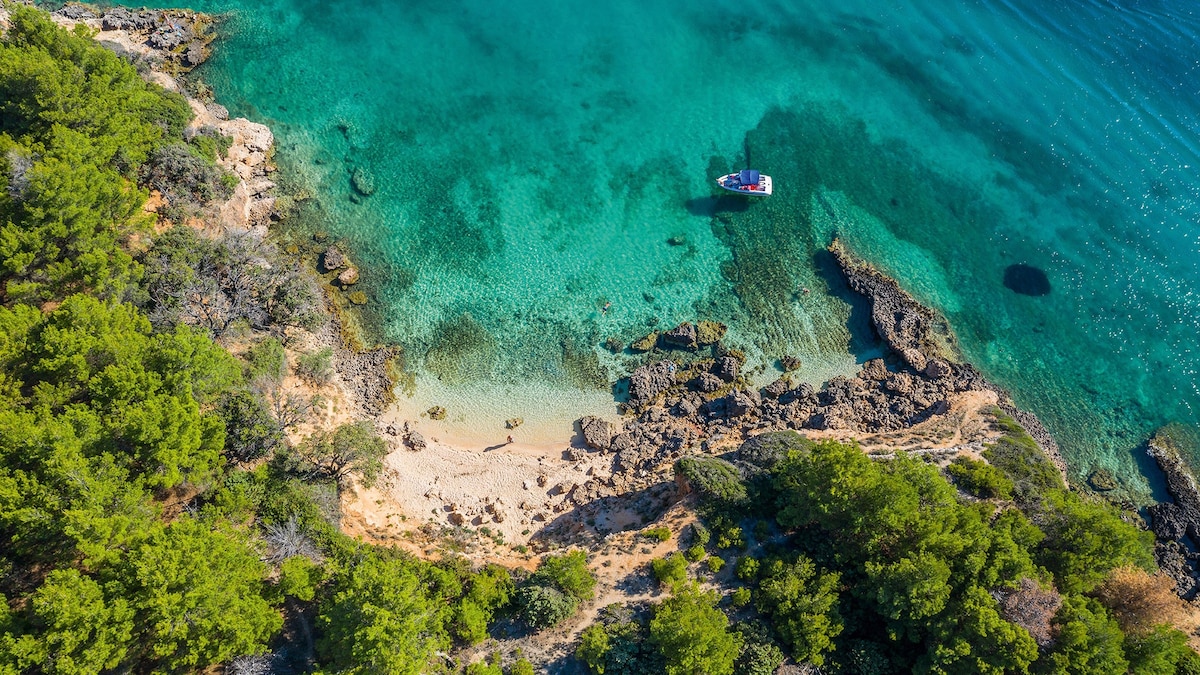Now Reading: Earth’s Fascinating Creatures
-
01
Earth’s Fascinating Creatures
Earth’s Fascinating Creatures

Speedy Summary
- Southern White rhinoceros: Found mainly in South Africa, Kenya, Namibia, and Zimbabwe. Semi-social grazers wiht broad mouths; males mark territory.
- Sumatran Tiger: Critically endangered tiger native to Indonesia’s Sumatra island; adapted for stealth and quick sprints up to 40 mph.
- Desert Tortoise: Native to the southwestern U.S. and northwestern Mexico. Survives extreme heat by digging burrows and storing water in its bladder.
- Platypus: Egg-laying mammal from Australia with unique features like venomous spurs on male hind legs and a bill for detecting underwater prey.
- Przewalski’s Horse: Last truly wild horses reintroduced through captive breeding after being extinct in the wild by the 1960s; strong social structure.
- California Condor: Largest flying bird in North America,saved from near extinction via captive breeding; slow reproduction rates limit population recovery.
- Père David’s Deer: Once extinct in China but saved through European breeding efforts; reintroduced to China in 1985.
- Okapi: Known as “forest giraffe,” found only in Congo’s rainforests with a giraffe-like tongue and striped rump for camouflage.
Indian Opinion Analysis
The rich biodiversity discussed highlights global conservation efforts that offer valuable lessons for india-a country also grappling with challenges related to wildlife preservation. The struggles of endangered species such as the Sumatran tiger resonate closely with India’s own efforts to save Bengal tigers through sanctuaries like Sundarbans or Ranthambore. Similarly, success stories surrounding species reintroductions could inform Indian strategies regarding critically endangered animals like cheetahs recently relocated into Kuno National Park.
India can draw inspiration from global models of habitat rehabilitation exemplified here while increasing focus on indigenous solutions rooted firmly within its ecosystem realities. International collaborations on science-driven conservation might further aid achieving better outcomes domestically.
























